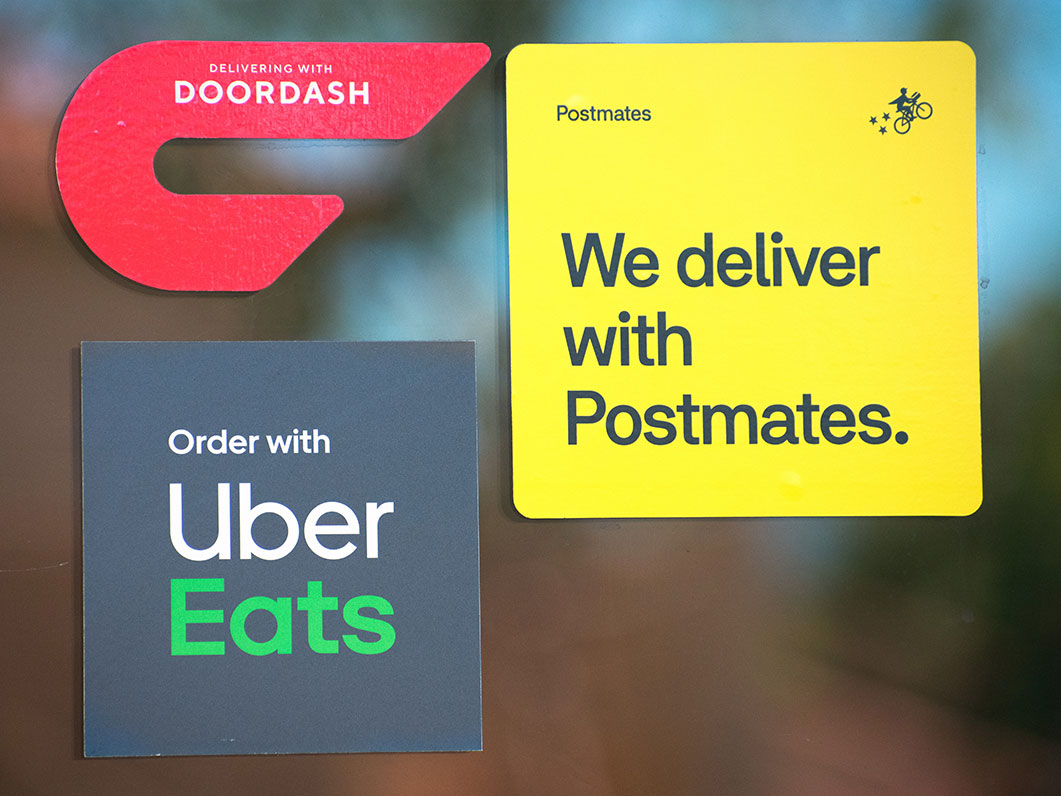In a late-March story published by PYMNT.com at https://www.pymnts.com/news/retail/2021/restaurant-habits-in-the-post-covid-future-by-the-numbers/, a number of dining-out trends born during the height of the pandemic are discussed — with several predicted to become permanent parts of the restaurant experience.
The story, “Restaurant Habits In The Post-COVID Future, By The Numbers,” examines consumer trends that developed during 2020 and into this year as foodservice outlets implemented “new digital technologies and operational solutions to carry them through the year.” Both the eateries and their patrons pivoted with the pandemic situation, with technology coming more into play.
Consumers, the piece noted, adopted new techie skills and dining routines “to enjoy restaurant-cooked meals whenever possible.” Data collected by PYMNTS pointed out the trends most likely to continue as patrons return to dining-in facilities.
One determination is that digital ordering has become habit, and “four in 10 consumers turned toward remote direct-from-restaurant ordering channels more so than before the pandemic’s onset, with these channels including ordering by phone call, from the restaurant’s website or through its app.” Another one in four consumers said they ordered delivery through restaurant aggregators more than before COVID’s onset.
And the story noted that the habits are more than likely to stay in place after the vaccination effort has reached the masses and “consumers’ fear of contact largely subsides.” In fact, in a survey of persons who have ordered by phone, at website or through an app, about 75 percent said they’ll continue to “maintain some or all of the changes” they made to their pre- and during-pandemic ordering routines.
Another trend that’s expected to continue is that of alcohol sales, which were up overall but “way down” for bars and restaurants. The story said that “those who have increased their alcohol consumption during the last year expect for the most part to continue to purchase alcohol at similar levels in the future.” It continued, “Though the majority of consumers decreased their in-restaurant or in-bar alcohol purchasing, as they avoided public spaces in favor of drinking from the safety of their homes, a small share has actually increased restaurant/bar purchasing in the last year.” It cited that 16 percent of consumers “have been drinking more on-premises, and 84 percent of these consumers expect to retain these habits in the future, a greater share than any other alcohol purchasing channel.”
Interestingly, it’s the older demographic that shows is “most eager to return to on-site dining, with 68 percent of baby boomers and seniors and 56 percent of Generation X consumers indicating a desire to dine out more often, compared to only 44 percent of millennials and Generation Z consumers.”
The disparity, it said, could in part be due to the fact younger consumers had been “taking more advantage of low-contact options for restaurant-cooked meals. Per these self-reports, millennials are twice as likely as baby boomers to use mobile order-ahead options for off-premises dining and more than four times as likely baby boomers to use restaurant aggregators for delivery.”
The upshot is that there is an “across-the-board demand to return to restaurants for onsite dining,” with more than 50 percent of sit-down service customers surveyed saying they intend to go back to dining out at their normal pre-COVID levels. “ The combination of pent-up demand for indoor dining and of the stickiness of digital ordering habits leaves restauranteurs with a valuable opportunity to seize on consumers’ shifting desires to increase sales through both on- and off-premises channels,” the story concluded.


